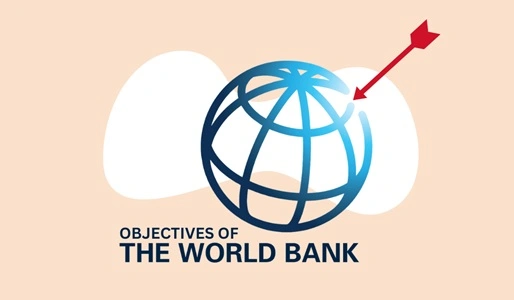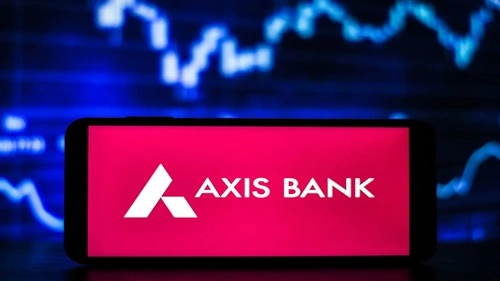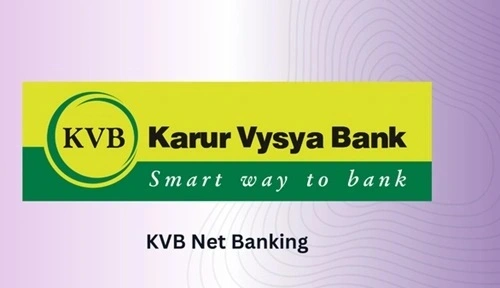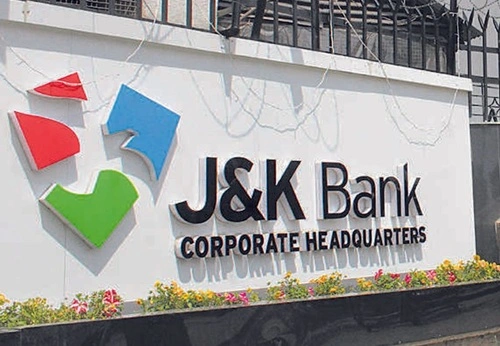If you go by the definition, you’ll see that the World Bank is a big international financial institution that is there to help out low and middle-income nations around the globe. Whenever there is something wrong going on with a country’s economy or the general public of that nation, you’ll often see those nations seek out help from the World Bank. But to truly understand it all, we must delve deep into what exactly the World Bank is, how it operates, what its objectives, benefits, and drawbacks are. So, let’s get to that right away.
What’s the World Bank All About?

Well, as many of you may already know that the World Bank is more like an international financial institution, which can often be seen lending money and giving out aid to developing or low-income countries all around the globe. But, if you know just a little bit about the World Bank, you’ll know that it is actually a part of a group of five organizations in total, but for now, but the important ones you need to know are the IBRD, International Bank for Reconstruction and Development, and the IDA, International Development Association. That is the gist of it.
The World Bank was created with one aim, which is to help out the countries in need, aka the poor countries around the globe, and improve the living conditions there for the general public. And just in case you’re wondering, well, it does so by providing financial assistance, advice, and assistance for development projects such as roads, schools, or water supply systems.
Objectives of the World Bank
1. Main Goals
- End Extreme Poverty: One of the main aims of the World Bank is to reduce extreme poverty and keep it less than 3% for the global population.
- Increase the Incomes of the Very Poorest: Income inequality is everywhere, and that’s why the World Bank works on improving the living standards of people by helping increase their incomes. And we’re talking about the bottom 40% of the population here.
Other Important Stuff
- Rebuild and Grow: Life is not easy for countries around the world after a disaster or war, and with an attempt to fix this, the World Bank steps in to rebuild from the ground up, such as roads, schools, or hospitals.
- Support Private Business: A large part of viewing the economic growth is supporting the private business sector to also increase, and that is where the World Bank assists the countries.
- Make Trade Simpler: It’s just plain sense, you know, like, just simplifying trade and making more money between countries could definitely be a way to become stronger.
- Make Peace: Peace? Yes, in a sense, by other means, the World Bank tries to maintain the environment peaceful, and peace is maintained in the developing or poor countries.
Benefits of the World Bank
1. Helps Countries with Funding and Development
First of all, the biggest benefit, which we have already hinted at so many times, it is to help out countries with funding and development. This money is directly used to build stuff in a nation, and we’re talking about things like building roads, schools, hospitals, water supply systems, and all that stuff. Other than that, these funds are mainly used in health programs and disease control in these nations.
Just to give you an idea of how this works in real life, well, just in 2020 alone, the World Bank gave over $77 billion to different nations around the globe. That was something!
2. Supports Environmental Projects
Oh, this one’s big too, like, the World Bank is known to fund such eco-friendly projects all the time. Like, mainly you’ll see the funds from the World Bank being used in clean energy sources like solar and wind power, and some related projects.
3. Provides Knowledge and Expert Support
See, it is not the monetary help all the time that the World Bank gives to these developing or poor nations. Nah, they also share information and tools, like, year after year, we have seen that the World Bank publishes research papers, data reports, and training material. And sure enough, this is like a great resource for these countries to make better decisions.
Criticisms and Drawbacks Of the World Bank
1. Control by Wealthy Countries
One big problem with the World Bank is that wealthy countries, especially the United States, have a lot more authority. But why should it be that way, though? Well, that’s the main criticism point, because more money means more power, and that is how it is for now. And most critically, the president of the World Bank is always chosen from the U.S., which again is not that just if you think about it for a sec.
2. Strict Conditions with Loans
Whenever a nation borrows from the World Bank, it is like there are always some conditions attached to that. In a way, many people think that the World Bank remotely controls those nations’ policies.
3. Negative Impact on Communities
Many of us just think that it is just a positive impact from the World Bank, but, nah, you see, it can have a negative impact too, like a cluster of large-scale building projects, such as dams or highways, forcing people off their homes or land. People should be compensated for these, but oftentimes, that’s just not the case.
4. The Social Equality Focus?
If you look deep into how things work at the World Bank, you’ll see that sometimes, they just do not take into account how projects affect various groups. There have been some instances, or at least some people have accused them, that by their funding and projects, it is only the rich people who benefit, and not the other way around.
5. Environmental Damage from Certain Projects
If you look at the on-paper details, you’ll see that the World Bank invests in clean energy initiatives, yet still finances projects that ruin the environment, like oil and gas initiatives.


